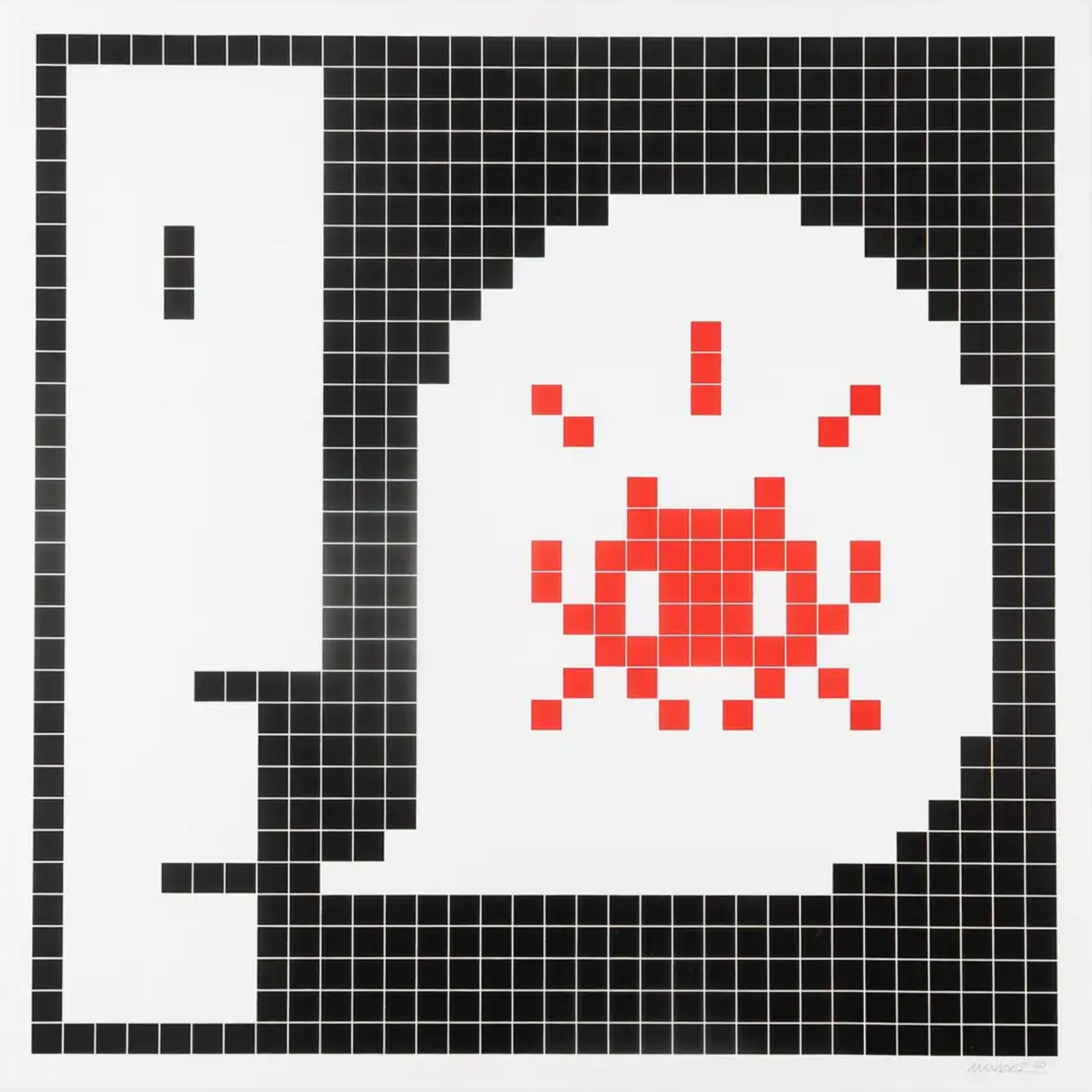In the contemporary Jussieu neighbourhood of Versailles, where modern life intersects with a rich botanical heritage, Mona Caron’s murals breathe new life into the environment. Drawing from the historic legacy of botanist Bernard de Jussieu, who, in the 18th century, cataloged plants on the outskirts of Paris for medicinal use in his opus magnum, this mural serves as a bridge between past and present, nature and culture.
A Fusion of Time and Space
Mona Caron’s work reflects a profound understanding that what flourishes in today’s urban landscape starkly contrasts with the flora observed by Jussieu. Over the centuries, various forces—colonisation, globalisation, and mass migration—have transformed the notions of origin, identity, and belonging in both human and natural realms. The plants thriving in Jussieu now carry stories from distant lands, each with its own history, struggles, and medicinal properties.
In her latest mural ‘Histoire Des Plantes’, Mona Caron unites these plants, showcasing not just their beauty but also the power they hold across cultures. By weaving together examples of flora from different continents, she creates a tapestry of life that celebrates diversity and shared heritage. Each plant, though rooted in its unique background, forms part of a larger narrative, symbolising healing and unity.
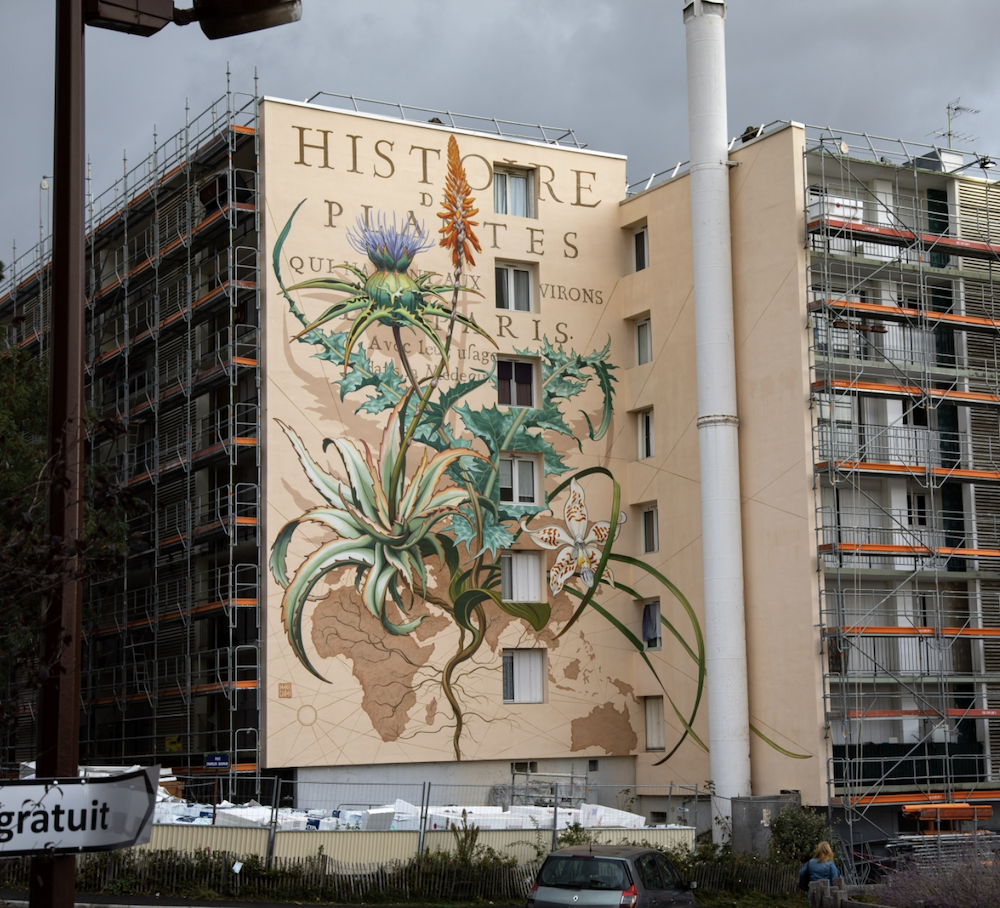
Image copyright Mona Caron
The Healing Power of Diversity
This mural stands as a testament to the power of collaboration and mutual respect. Mona Caron’s artistic vision invites us to acknowledge the healing potential of plant life while recognising their varied origins. Much like Jussieu’s work, which was pioneering in its examination of the interrelation between plants and human health, Mona Caron’s mural emphasises the importance of understanding our collective past, particularly the chimeric “golden ages” that often obscure the complexities of existence.
Her portrayal of each plant fosters a dialogue about their respective medicinal benefits—reminders that while we may come from different backgrounds and experiences, there exists a powerful connection through nature. This botanical mosaic reinforces the idea that our contemporary society, much like the vibrant plants in her mural, is a product of countless contributions from around the world.
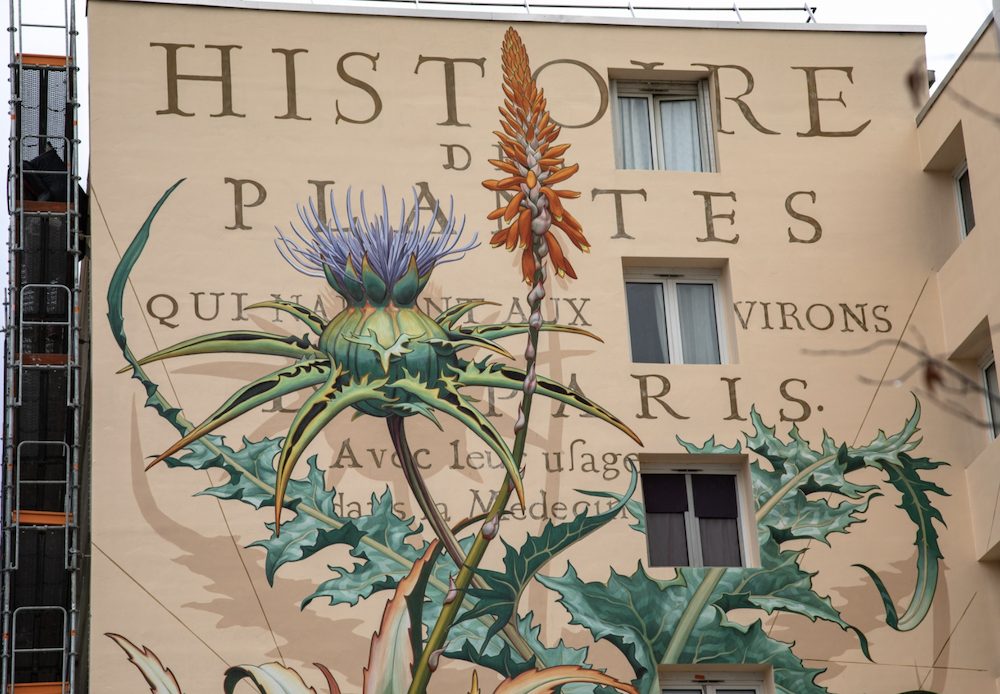
Image copyright Mona Caron
Building a New Common Root
As Mona Caron’s mural unfolds in the Jussieu neighbourhood, it serves not just as a visual feast but a call to action: we all belong here. In a world often divided by histories and identities, she urges us to cultivate unity through an understanding of our shared spaces. By embracing our diverse backgrounds, we can forge new roots together, grounded in respect and solidarity.
“Perhaps the medicine for history,” Mona Caron writes, “is an intentional and strong unity rebuilt through consciousness of history.” Her work prompts us to reflect on how our histories—both personal and collective—shape our present and future. It challenges us to plant ourselves firmly in the “here and now,” moving forward arm in arm, ready to discover new ways of coexisting.
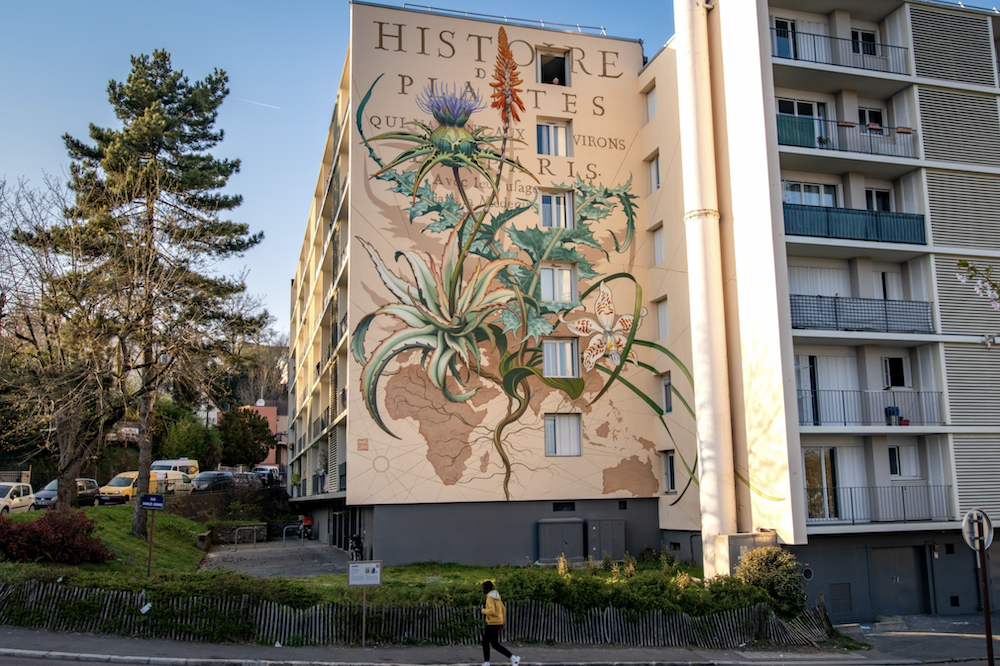
Image copyright Mona Caron
Art as a Catalyst for Change
Mona Caron’s botanical murals are more than artistic expressions; they are powerful narratives that intertwine history, culture, and nature. In the Jussieu neighbourhood, her artwork acts as a living reminder of the resilience and adaptability inherent within both plants and people.
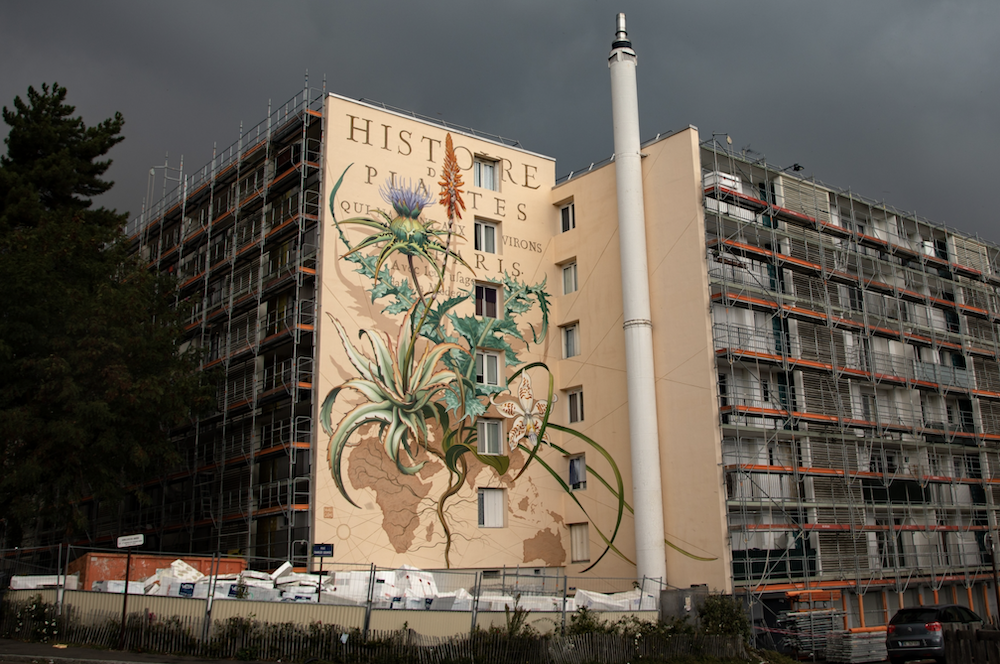
Image copyright Mona Caron
In a landscape that is forever changing, Mona Caron’s vision encourages us to cultivate a future rooted in unity, respect, and a shared appreciation for the beauty and complexity of life around the world?
Mona Caron stunning public art installation in Versailles, France, curated by Quai_36, developed in partnership with the Eiffage group, Versailles Habitat, Groupe Betom, Ithaques, and Vincent Lavergne, beautified the urban landscape while celebrating the area’s rich botanical heritage and fostering community connection.
